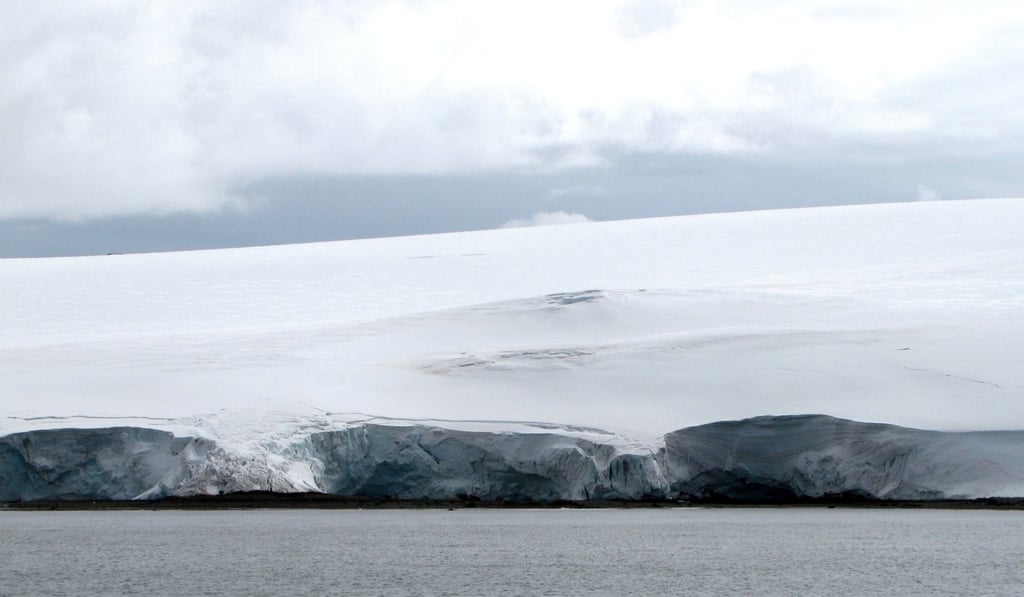
Researchers in Antarctica have discovered rapidly growing banks of mosses on the ice continent’s northern peninsula, providing striking evidence of climate change in the coldest and most remote parts of the planet.
Amid the warming of the last 50 years, the scientists found two different species of mosses undergoing the equivalent of growth spurts, with mosses that once grew less than a millimetre per year, now growing over 3 millimetres per year on average.
“People will think of Antarctica quite rightly as a very icy place, but our work shows that parts of it are green, and are likely to be getting greener,” said Matthew Amesbury, a researcher with the University of Exeter in the UK and lead author of the new study.
“Even these relatively remote ecosystems, that people might think are relatively untouched by human kind, are showing the effects of human induced climate change.”

The study was published Thursday in Current Biology, by Amesbury and colleagues with Cambridge University, the British Antarctic Survey, and the University of Durham.